The Minimalism Movement
In tandem with our re-OpenLab ‘Architextures’ music series, here we look at The Minimalism Movement, as both an artistic movement and a broader cultural phenomenon, emerged in the late 1950s and gained significant traction throughout the 1960s and 1970s. Characterized by its emphasis on simplicity, reduction, and the elimination of non-essential forms, Minimalism sought to strip away the excesses of previous art movements, focusing instead on the fundamental aspects of art and design. This movement resonated with various disciplines, including visual art, architecture, music, and lifestyle, reflecting a broader societal shift toward simplicity and functionality.
The roots of Minimalism can be traced to earlier art movements such as Abstract Expressionism and Dadaism, which challenged conventional norms and emphasized individual expression. However, while Abstract Expressionism celebrated the artist’s emotional and subjective experience, Minimalism took a different approach, favouring objectivity and detachment.
Artists sought to create works that were devoid of personal expression and narrative, aiming to present art as an experience in itself. This shift in focus marked a significant departure from the art of the past, setting the stage for a new era of creativity and innovation.
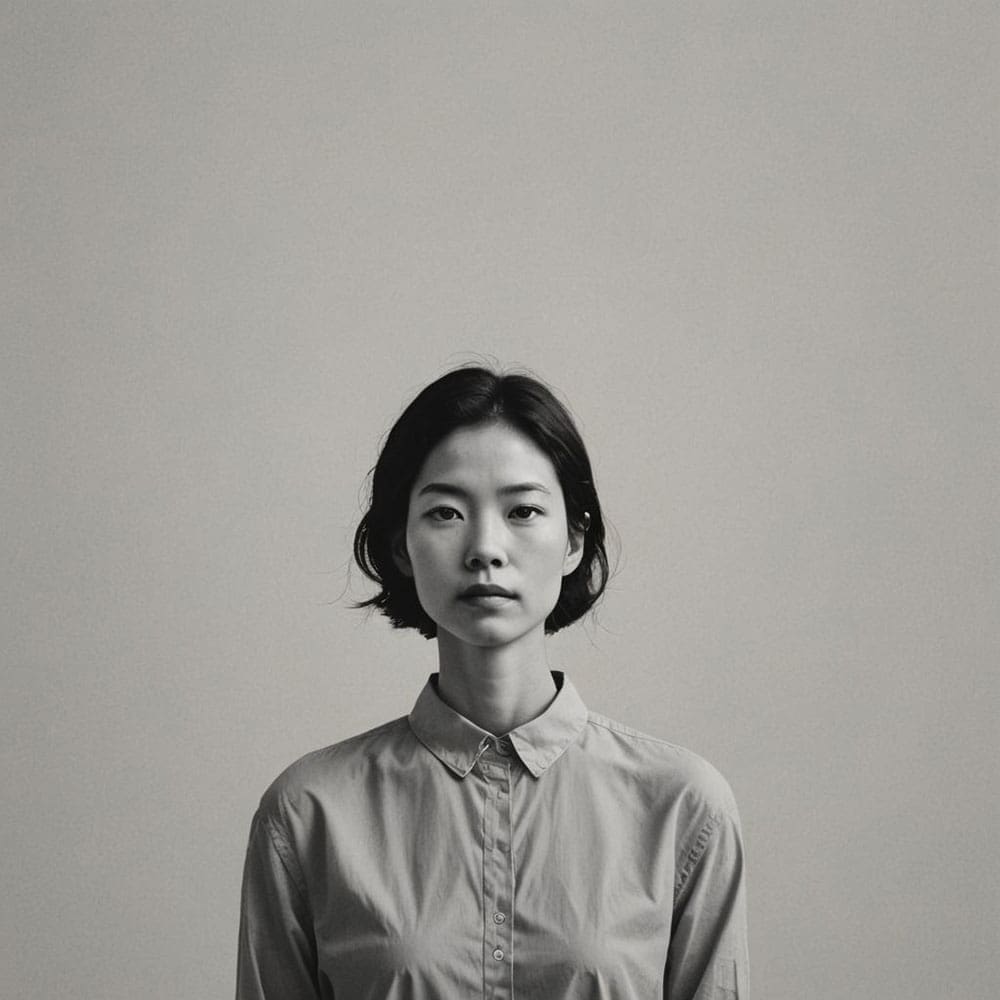
“The most important thing about art is to work. Nothing else matters except sitting down every day and trying.”
Chuck Close
All of our content is free to access. An independent magazine nonetheless requires investment, so if you take value from this article or any others, please consider sharing, subscribing to our mailing list or donating if you can. Your support is always gratefully received and will never be forgotten. To buy us a metaphorical coffee or two, please click this link.
Table of Contents
Origins of Minimalism: Defining Characteristics and Influences
Minimalism gained momentum in the United States in the late 1950s, with artists like Donald Judd, Agnes Martin, and Frank Stella leading the charge. Central to the movement was the idea of “less is more,” famously articulated by architect Ludwig Mies van der Rohe. Minimalist artists emphasized geometric forms, repetitive structures, and the use of industrial materials. By employing simple shapes and colours, they sought to create artworks that were immediate and direct, inviting viewers to engage with them in a visceral way.
One of the defining characteristics of Minimalism is its rejection of representational art. Instead of depicting recognizable subjects or emotions, Minimalist artists focused on the materials and forms themselves. This led to a new way of experiencing art, where the viewer’s engagement with the work became a crucial aspect of its meaning. The simplicity of Minimalist art encourages viewers to confront their perceptions and assumptions about art, leading to a deeper understanding of the work and its context.

“Minimalism is not a style, it’s a way of seeing and thinking.”
Donald Judd
Key Artists and Their Impact
Donald Judd is often regarded as one of the leading figures of the Minimalism movement. His works, characterized by geometric shapes and industrial materials, emphasize the relationship between the object and the space it occupies. Judd’s Untitled (1969), a series of rectangular boxes made from plywood and paint, exemplifies his approach to form and material. By presenting these boxes as standalone objects, Judd encourages viewers to experience the work in relation to its environment, highlighting the importance of space and perception in Minimalist art.

Another influential artist in the Minimalism movement is Agnes Martin, whose work reflects a more meditative and introspective approach. Martin’s paintings, often composed of subtle lines and soft colors, convey a sense of tranquillity and serenity. Works like Untitled #4 (1964) showcase her commitment to simplicity and abstraction, inviting viewers to engage with the emotional and spiritual dimensions of her art. Martin’s emphasis on subtlety and the ephemeral aspects of experience challenges the notion of Minimalism as merely reductive, highlighting its potential for depth and complexity.
*All Book Images Open a New tab to our Bookshop
**If you buy books linked to our site, we get 10% commission from Bookshop.org, whose fees support independent bookshops.
Donald Judd’s Untitled (1969)
Donald Judd’s Untitled series, created in 1969, is a quintessential example of Minimalist art that showcases his innovative use of industrial materials and geometric forms. This work consists of a series of rectangular boxes made from plywood and painted in bold colours, arranged in a precise configuration. Judd’s focus on simplicity and clarity emphasizes the relationship between the artwork and the surrounding space, inviting viewers to engage with the piece in a direct and immediate way. By eliminating any extraneous details or personal expression, Judd allows the viewer to experience the work as a pure object.
The impact of Judd’s Untitled series extends beyond its aesthetic appeal; it challenges the conventional understanding of art as a representation of ideas or emotions. Instead, Judd presents art as an experience defined by the interaction between the object and the viewer. This approach resonates with the broader principles of Minimalism, emphasizing the importance of perception, context, and the physicality of the artwork. Judd’s contributions to the movement have solidified his status as a pivotal figure in contemporary art, influencing generations of artists to explore the possibilities of form and space.
Agnes Martin’s Untitled #4 (1964)
Agnes Martin’s Untitled #4 is a significant work that embodies the principles of Minimalism through its serene composition and subtle use of colour. Painted in 1964, this piece features a delicate arrangement of faint lines and soft hues, creating an atmosphere of tranquillity and contemplation. Martin’s approach emphasizes the emotional and spiritual dimensions of her work, challenging the notion of Minimalism as solely a visual or aesthetic experience. The subtlety of Untitled #4 invites viewers to engage with the piece on a more introspective level, allowing them to reflect on their own emotions and perceptions.
Martin’s work demonstrates that Minimalism can encompass a range of expressive possibilities beyond mere reduction. Her emphasis on simplicity and the ephemeral nature of experience reveals a deeper complexity within the movement. By encouraging viewers to pause and reflect, Martin’s art resonates with contemporary audiences seeking solace and connection in an increasingly chaotic world. Her contributions to Minimalism highlight the movement’s capacity for depth and meaning, affirming its relevance in today’s artistic landscape.

Frank Stella’s Die Fahne Hoch! (1959)
Frank Stella’s Die Fahne Hoch! is a landmark work that exemplifies the principles of Minimalism through its striking geometric forms and bold colours. Created in 1959, this painting features a series of concentric stripes arranged in a dynamic composition. Stella’s decision to use industrial paint and a flat surface challenges traditional notions of painting as a representational medium, instead emphasizing the physicality of the canvas itself. By rejecting depth and illusion, Stella’s work invites viewers to confront the painting as an object, rather than a window into another world.
The impact of Die Fahne Hoch! extends beyond its visual appeal; it marks a significant turning point in the history of modern art. Stella’s exploration of form and colour laid the groundwork for subsequent movements, including Post-Painterly Abstraction and Colour Field painting. His contributions to Minimalism not only expanded the possibilities of painting but also influenced a generation of artists who sought to redefine the boundaries of art. As a key figure in the movement, Stella’s work continues to resonate with contemporary audiences, affirming the enduring relevance of Minimalist principles.
The Evolution of Minimalism: From the 1980s to Today
The Minimalism movement faced various challenges and transformations from the 1980s onward. As the art world began to embrace Postmodernism and new approaches to art-making, Minimalism was often critiqued for its perceived coldness and detachment. Critics argued that the movement prioritized aesthetics over emotional engagement, leading some artists to explore more expressive and narrative-driven forms of art. However, Minimalism remained influential, and many contemporary artists continue to draw inspiration from its principles of simplicity and reduction.
In recent years, there has been a resurgence of interest in Minimalism, particularly in response to contemporary societal challenges. As urban environments become increasingly cluttered and fast-paced, the ethos of Minimalism offers a counterpoint, encouraging a return to simplicity and intentionality. Artists today are reinterpreting Minimalist principles to address issues such as consumerism, sustainability, and the impact of technology on daily life. This contemporary iteration of Minimalism reflects a broader cultural movement toward minimalism as a lifestyle, promoting decluttering and mindful consumption as pathways to greater fulfilment and well-being.

The Future of Minimalism
Looking ahead, the Minimalism movement is poised to continue evolving and influencing contemporary art and culture. As societal concerns about environmental sustainability, mental health, and the effects of consumerism grow, the principles of Minimalism provide a relevant framework for addressing these challenges. Artists and designers are increasingly exploring how simplicity and reduction can lead to more meaningful experiences, encouraging audiences to re-evaluate their relationship with the material world.
Moreover, the fusion of Minimalism with other artistic movements, such as conceptual art and environmental art, creates new opportunities for innovation and exploration. The future of Minimalism lies in its adaptability and resonance with contemporary issues, allowing artists to engage with the complexities of modern life while maintaining a commitment to simplicity and clarity. As the world continues to grapple with the demands of the 21st century, the principles of Minimalism will undoubtedly play a vital role in shaping the artistic landscape and fostering a deeper understanding of our experiences and environments.

“I’m interested in the idea of reducing to the essentials, the simplicity that lies at the heart of things.”
Agnes Martin
Simplicity, Reduction and the Direct Experience of Art
The Minimalism movement has left an indelible mark on the landscape of contemporary art and culture. Emerging in the late 1950s as a response to the excesses of previous artistic movements, Minimalism emphasizes simplicity, reduction, and the direct experience of art. Through the contributions of key figures like Donald Judd, Agnes Martin, and Frank Stella, the movement has evolved and adapted, resonating with audiences across generations. As contemporary artists continue to engage with the principles of Minimalism in response to societal challenges, the movement remains relevant and influential, offering a pathway toward deeper understanding and connection in an increasingly complex world.



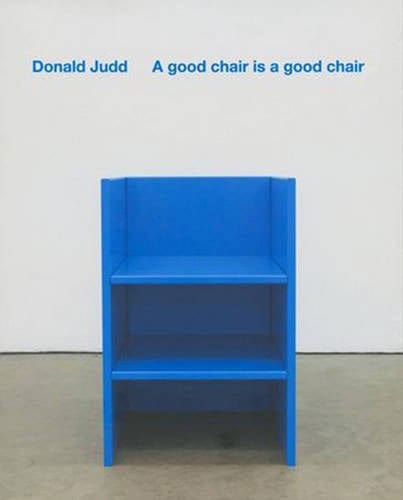
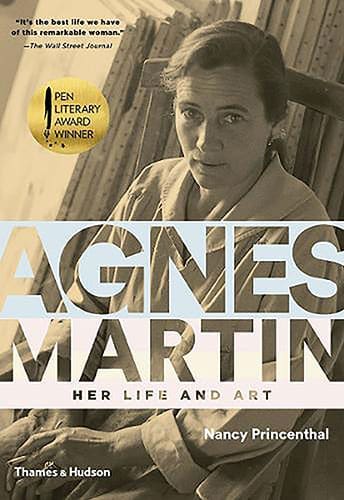









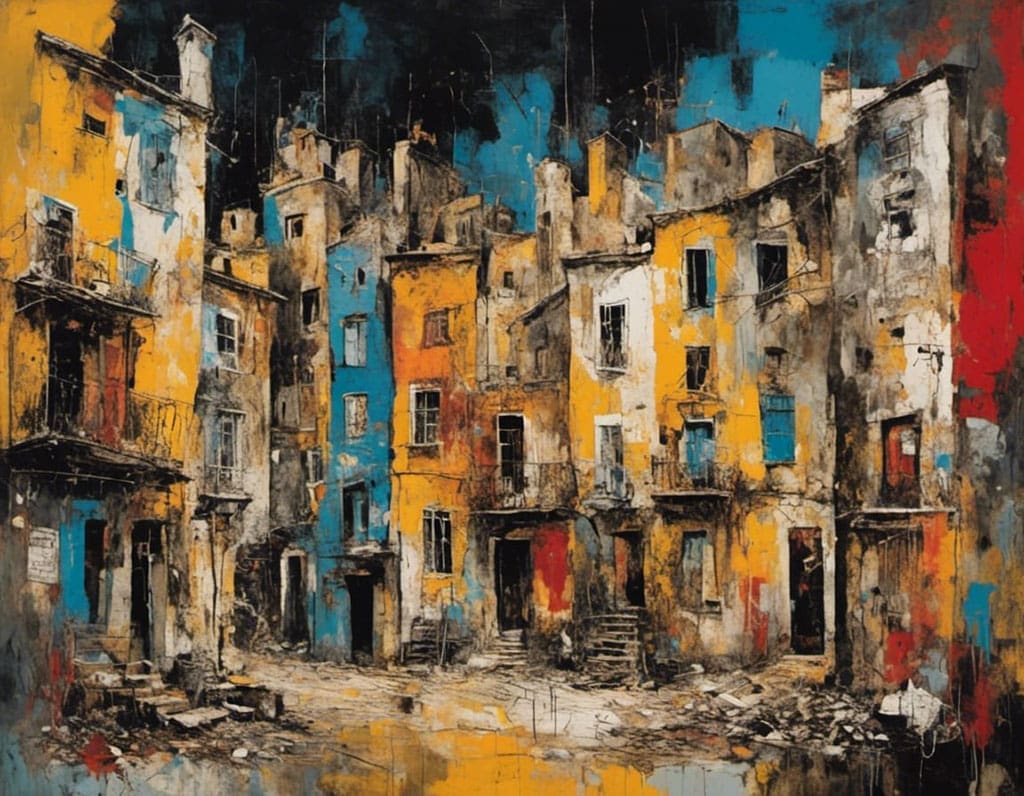
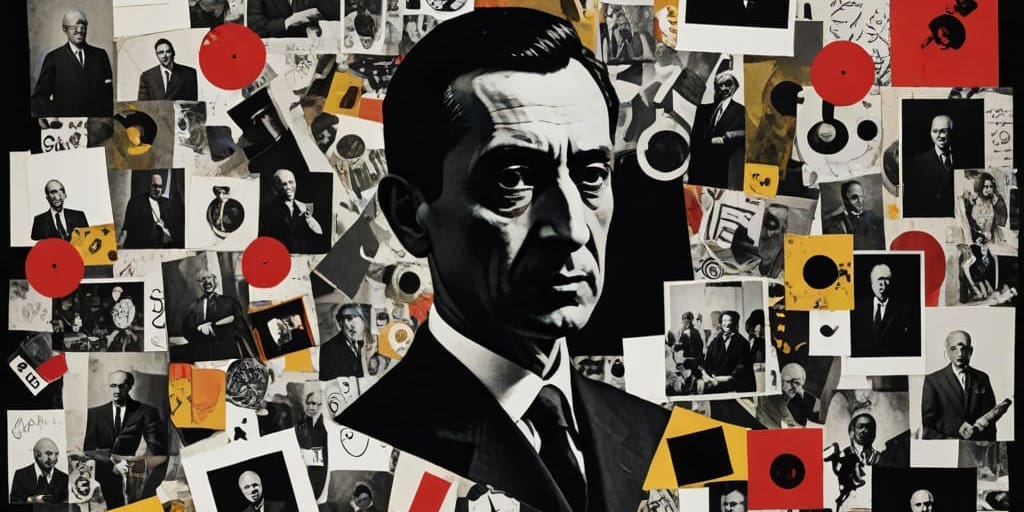





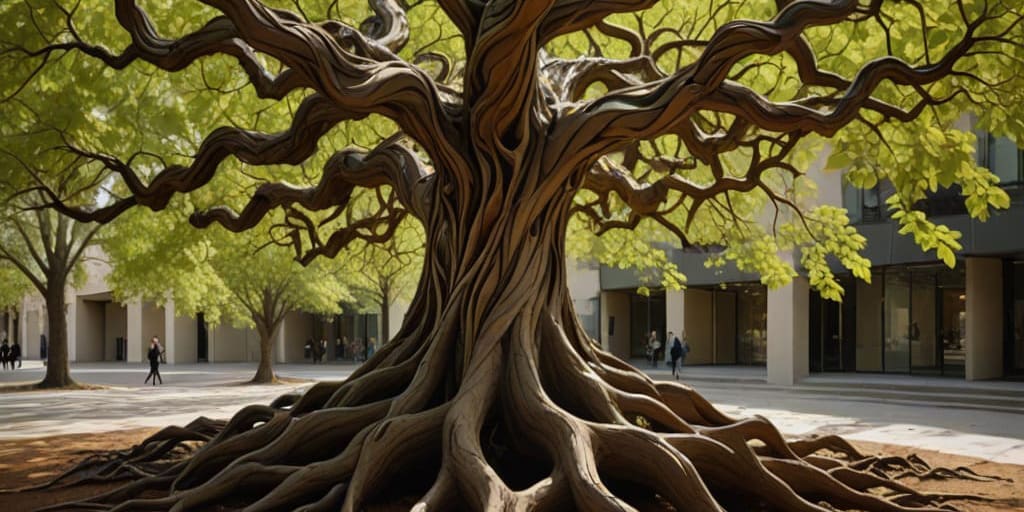






























What do you think?